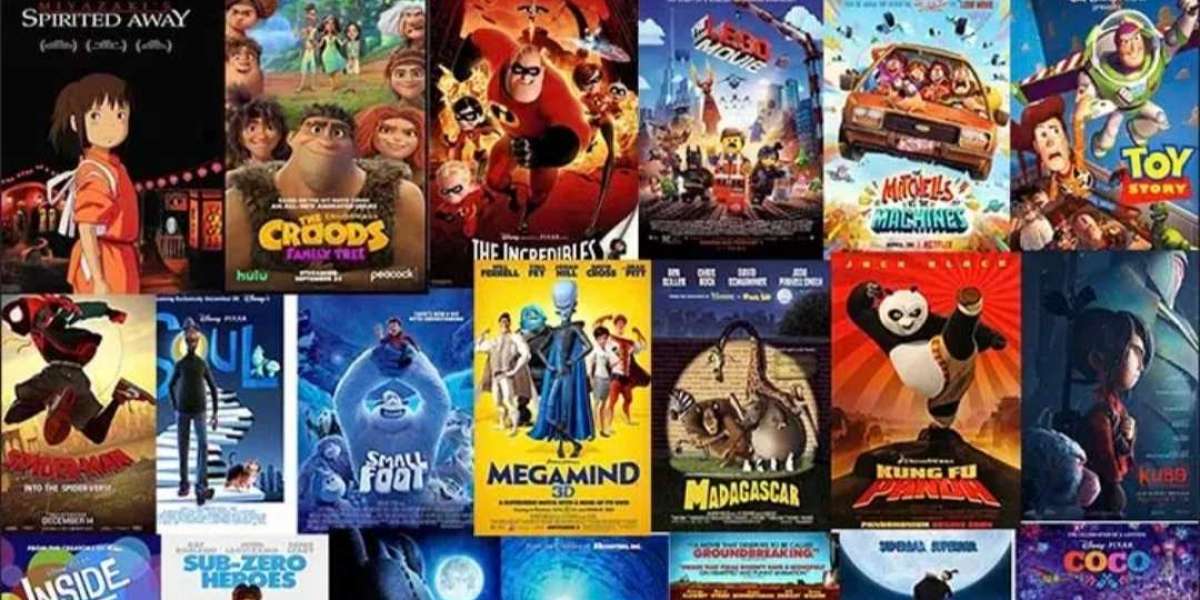Movies and animation have become an integral part of our lives. They not only provide us with entertainment but also offer us a way to escape reality and experience different worlds and stories. In this article, we will discuss the importance of movies and animation and how they have evolved over the years.
The Importance of Movies
Movies have a unique ability to transport us to different places and times. They allow us to experience different cultures and perspectives, and they can be a powerful tool for educating and inspiring people. Movies can also have a significant impact on our emotions and can evoke feelings of joy, sadness, fear, or excitement.
One of the most significant benefits of movies is their ability to bring people together. They provide us with a shared experience that can help to build a sense of community and foster a sense of belonging. Movies also serve as a platform for social and political commentary, and they can be a powerful tool for inspiring change.
The Importance of Animation
Animation has come a long way since the early days of hand-drawn cartoons. Today, animation is used in a wide range of mediums, including television shows, movies, and video games. Like movies, animation can transport us to different worlds and allow us to experience different perspectives.
Animation is also an excellent tool for storytelling. The use of animation allows for more creative and imaginative storytelling, as it is not limited by the constraints of live-action filmmaking. It can also be a powerful tool for educating children, as it can simplify complex concepts and make learning more enjoyable.
The Evolution of Movies and Animation
Movies and animation have come a long way since their inception. The first movies were silent films, and they were often used for simple entertainment purposes. However, as the film industry grew, so did the scope and ambition of movies.
One of the most significant advancements in movie technology was the introduction of sound in the 1920s. This allowed for a more immersive cinematic experience and opened up new possibilities for storytelling. The 1930s saw the introduction of color films, which further enhanced the cinematic experience.
The 1960s and 1970s saw the rise of the New Hollywood era, which was characterized by a shift towards more personal and challenging filmmaking. This period saw the emergence of directors like Martin Scorsese, Francis Ford Coppola, and Steven Spielberg, who pushed the boundaries of what was possible in film.
In recent years, technology has once again transformed the film industry. The introduction of computer-generated imagery (CGI) has allowed for more fantastical and immersive worlds to be created, and 3D technology has made the cinematic experience even more immersive.
The animation industry has also seen significant changes over the years. The early days of animation were characterized by hand-drawn cartoons, which were often used for simple entertainment purposes. However, as technology advanced, so did the animation industry.
The introduction of computer animation in the 1990s allowed for a more sophisticated form of animation, which opened up new possibilities for storytelling. This technology also allowed for the creation of more lifelike characters and environments.
In recent years, animation has become an even more integral part of the entertainment industry. Animated movies and television shows are no longer just for children, and they are often used to explore more mature themes and ideas.
Conclusion
Movies and animation have come a long way since their inception. They have evolved from simple entertainment forms to powerful tools for education, social commentary, and storytelling. Today, movies and animation are an integral part of our lives, and they continue to push the boundaries of what is possible in film and animation.
Whether we are watching a classic movie or a new animated feature, movies and animation have the power to transport us to different worlds and allow us to experience different perspectives. They can evoke a wide range of emotions and serve as






